The The Karnataka government is aspiring to spend Rs 40,944 crore during 2022-23 on child-centric issues. This is about Rs 2,500 crore more compared to yesteryears. The highlight of Karnataka Budget 2022-23 from the child rights perspective is the Chief Minister’s declaration to identify backward taluks and provide them the required support to develop — improve quality of education in 93 taluks, strengthen health services in 100 taluks, and alleviate child malnutrition in 102 taluks with a substantial budgetary allocation of Rs 3,000 crore.
This is a welcome move as around 50 per cent of Gram Panchayats are said to be below the state average (2015, HDI study of GPs in Karnataka). Most of these backward GPs are in Kalaburagi and Belagavi (with some in Bengaluru and Mysuru) divisions where even the poverty indicators are alarming. Backwardness in education and health, nutritional levels as well as lower status of girls, child marriage, infant, child and maternal mortality are associated, and the decision of the government to make concerted efforts to raise education and health quality is most welcome. Another eye-catching element is the proposal to construct 1,000 Anganawadi buildings worth Rs 50 crore, while converging with MGNREGA scheme.
Earlier, the state government had promised free education for girls till Class 10. In recent years, a lot of plans have been proposed to realise the National Education Policy. At the same time, we need to recall the promises made to children under the Right of Children to Free and Compulsory Education Act 2009, and Karnataka Rules 2012.
There is a steady decline in government reimbursement to non-government schools, which account for 25 per cent of seats at the entry level to children under Sec 12(1)c of the Act. The government needs to introspect on this and find solutions, while correlating the same with budgetary allocations and actual spending in earlier years. Added to that is the plight of children who have completed eight years of schooling under the RTE Act, and face impediments when they enter Class 9.
They have to either pay for their education or drop out from so-called private schools and join government schools. In the past three years, more than three lakh students have suffered because of this. We are all looking at National Education Policy 2020, expecting it will be a panacea for all school education-related problems.
The budget highlights the application of NEP 2020 in two sectors: developing curriculum for Anganwadis and school education at various levels, including teachers’ education. Let us hope this will be a gamechanger, bridging learning gaps among children caused by the pandemic, bringing back school dropouts, and raising learning levels in rural and urban areas.
In the current context, apart from upgrading a certain number of schools as ‘Model Schools’, we expect all schools to be transformed into ‘schools with child rights’ by adopting the Child Protection Policy and programmes preventing child labour, child marriages and any other child abuse.
source: the Indian express

